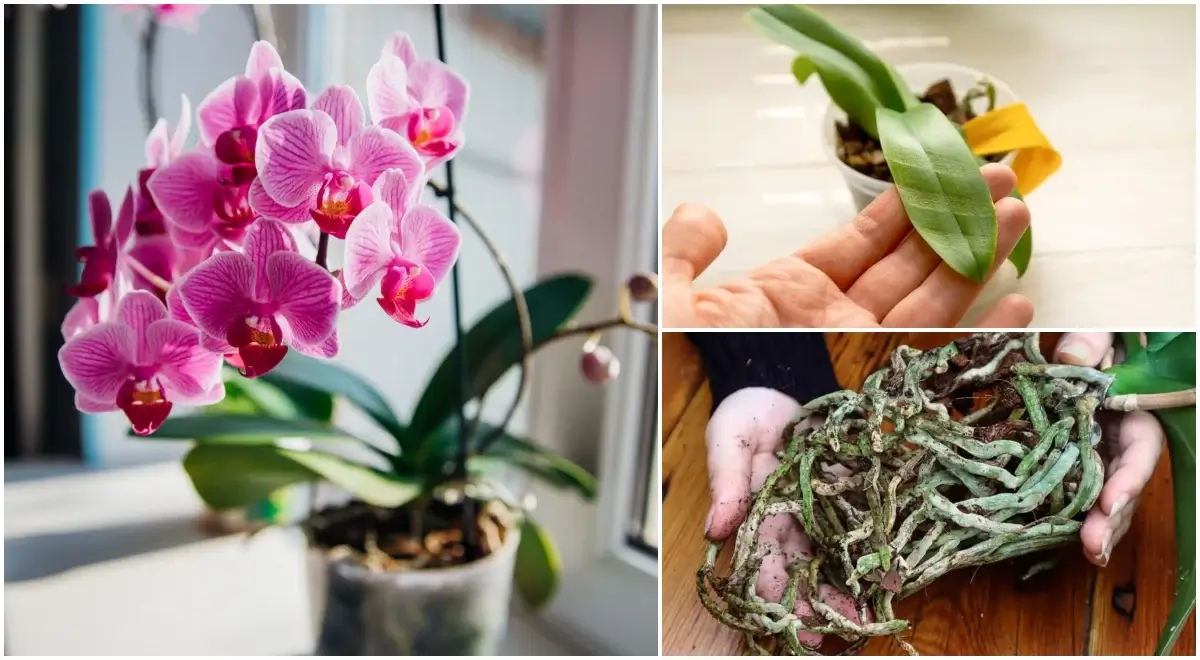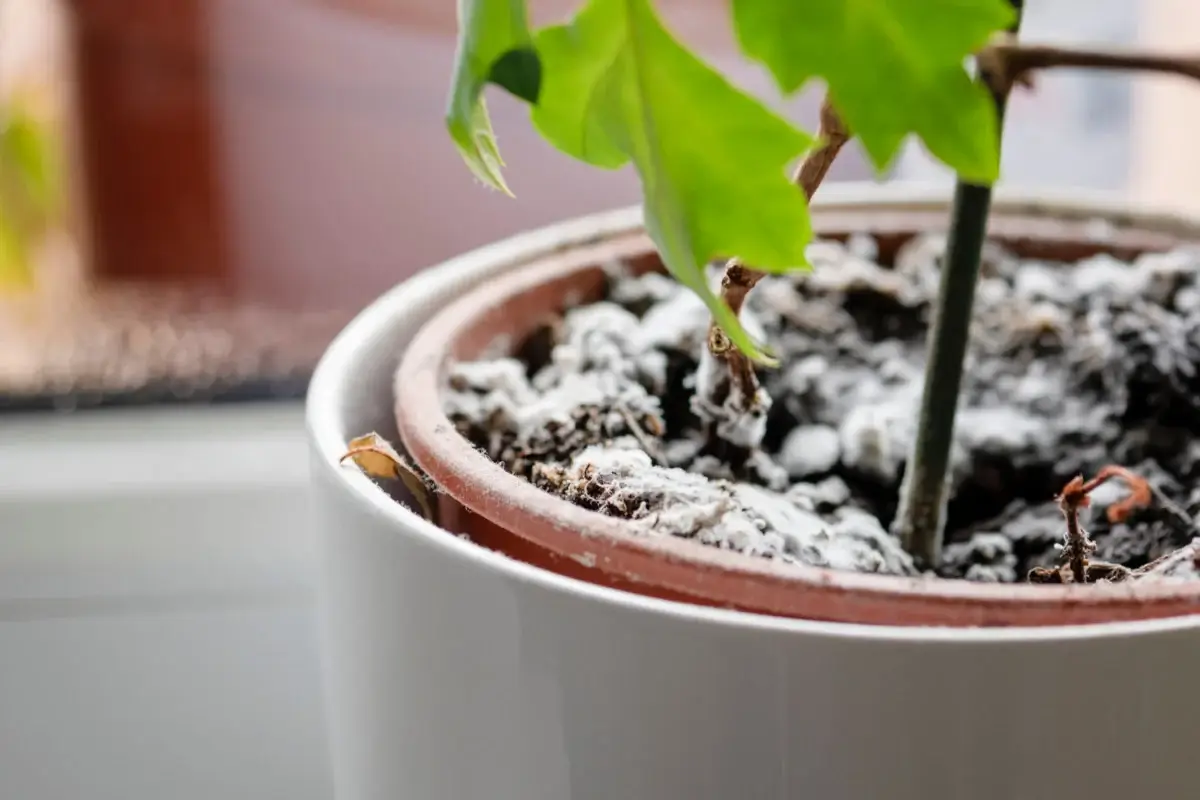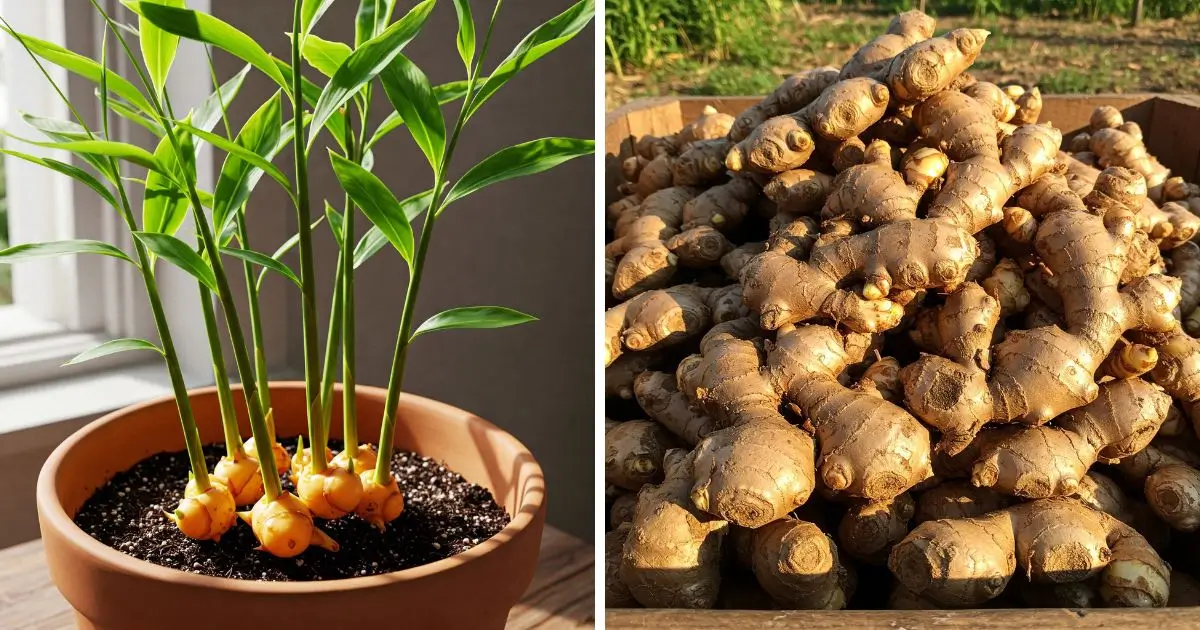Bringing your orchid back into bloom isn’t as hard as many think. With the right balance of light, water, temperature, and care, you can enjoy its stunning flowers year after year.
1. Give Your Orchid the Right Light
Most orchids come from tropical forests where they grow on trees, receiving bright but filtered light. Place your orchid in a spot with bright, indirect sunlight.
- Phalaenopsis orchids prefer soft, filtered light.
- Dendrobiums, Cattleyas, and Oncidiums need brighter light.
- Cymbidiums thrive in cool, bright areas and bloom better after spending time outdoors.
Leaf Color Guide
- White or scorched leaves: Too much direct light
- Yellow leaves: Too bright or nutrient deficient
- Vibrant green: Perfect lighting
- Dark green: Not enough light
2. Water the Right Way
Orchids prefer consistency over frequency. Always check the soil before watering.
- Use well-draining bark or a mix that allows air to reach the roots.
- Soak your orchid for about 10 minutes, then let it drain completely.
- Never let it sit in standing water.
A quick test: insert a sharpened pencil — if the tip darkens, there’s enough moisture.
3. Maintain High Humidity
Orchids love humidity around 60%. You can increase it by:
- Setting the pot on a tray of pebbles and water (without touching the roots).
- Avoiding misting, which can cause leaf spots or fungal issues.
4. Keep Temperatures Warm
Orchids thrive between 65°F and 80°F. Avoid drafts and temperature swings.
- Phalaenopsis orchids need warmth year-round.
- Cymbidiums prefer cooler nights to trigger blooms — they do best outdoors until flowering begins.
Too cold, and growth stops. Too hot, and roots dry out.
5. Provide Good Airflow
Air circulation helps prevent disease and keeps roots healthy. Don’t overcrowd your orchids, especially in humid areas. A small fan or gentle breeze is ideal.
6. Fertilize at the Right Time
Feed orchids regularly to replace lost nutrients.
- Spring & Summer: Use a nitrogen-rich fertilizer every 2 weeks for leaf and root growth.
- Fall: Switch to a potassium-rich fertilizer monthly to encourage blooms.
- Flush the pot with clean water once a month to remove salt buildup.
Always follow the label instructions to avoid root burn.
7. Repot When Needed
Repot your orchid every 1–2 years or when the roots outgrow the container. Use fresh bark mix and trim any soft or rotting roots.
Repotting after flowering gives your orchid a fresh start and encourages new growth.
Final Thoughts
Getting your orchid to bloom again takes a bit of patience, but the reward is worth it. With the right care — balanced light, proper watering, and regular feeding — your plant will reward you with elegant, long-lasting flowers year after year.
Start today: check your orchid’s light and watering routine, and you’ll be one step closer to seeing those beautiful blooms return!



